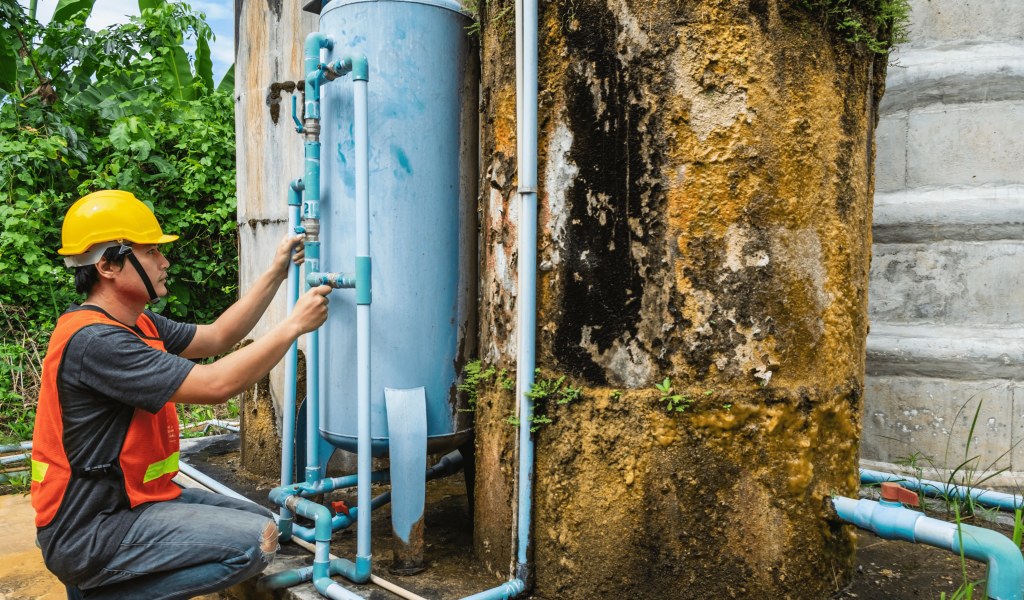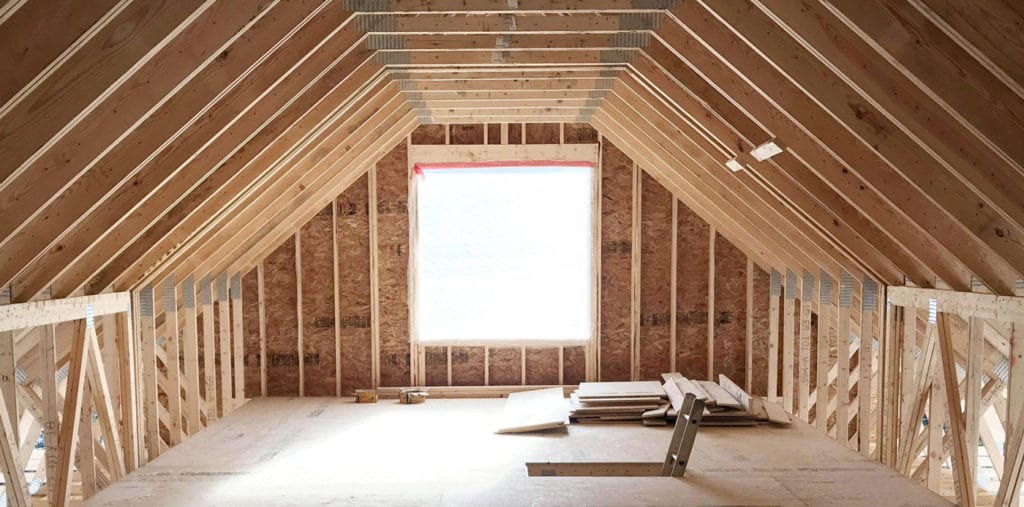Introduction
Construction plumbing is a crucial aspect of building projects, ensuring that a structure’s water supply, drainage, and gas systems are installed correctly and safely. This comprehensive guide aims to provide an overview of construction plumbing, including essential concepts, best practices, and safety considerations.
Table of Contents
- Understanding Construction Plumbing
- Definition and Purpose of Construction Plumbing
- Types of Construction Plumbing Systems
- Key Components of Construction Plumbing
- Pipes and Fittings
- Valves
- Fixtures
- Planning and Designing Plumbing Systems
- Engaging a Professional Plumber
- Blueprint and Layout
- Materials and Tools
- Common Plumbing Materials
- Essential Plumbing Tools
- Installation Procedures
- Water Supply System Installation
- Drainage System Installation
- Gas System Installation
- Testing and Inspections
- Pressure Testing
- Leakage Detection
- Compliance with Building Codes
- Maintenance and Repairs
- Preventive Maintenance
- Troubleshooting and Repairs
- Safety Guidelines
- Personal Protective Equipment (PPE)
- Handling Hazardous Materials
- Fire Safety Measures
1. Understanding Construction Plumbing
Definition and Purpose of Constructions Plumbing
Construction plumbing refers to the installation and maintenance of plumbing systems during the construction of buildings or structures. The primary purpose of construction plumbing is to ensure a reliable supply of potable water, effective drainage of wastewater, and safe gas distribution throughout the building.
Types of Construction Plumbing Systems
Common types of construction plumbing systems include:
- Various types of plumbing systems are commonly used in construction, and one such important system is the Water Supply System. This system is responsible for delivering clean and drinkable water to a variety of fixtures, including sinks, toilets, showers, and water heaters.
- Drainage System: Handles the removal of wastewater and sewage from the building, directing it to the appropriate municipal sewage lines or septic tanks.
- Gas System: Installs and maintains gas pipelines to deliver natural gas or propane for cooking, heating, and other uses.
2. Key Components of Construction Plumbing
Pipes and Fittings
Choosing the right pipes and fittings is essential for a reliable plumbing system. Common materials for pipes include copper, PVC, PEX, and galvanized steel. Fittings help connect pipes, redirect flow, and accommodate changes in direction and size.
Valves
Valves control the flow of water or gas in the plumbing system. Some common types include ball valves, gate valves, and pressure-reducing valves.
Fixtures
Fixtures are devices that receive and discharge water, such as faucets, sinks, toilets, showers, and bathtubs.
3. Planning and Designing Plumbing Systems
Engaging a Professional Plumber
Consulting and hiring a licensed and experienced plumber is crucial for designing an efficient and compliant plumbing system.
Blueprint and Layout
Plumbing plans are typically part of the building’s architectural blueprint. Accurate measurements and a well-thought-out layout are vital for smooth constructions plumbing.
4. Materials and Tools
Common Plumbing Materials
Understanding the properties and appropriate uses of plumbing materials like pipes, fittings, and fixtures is essential.
Essential Plumbing Tools
Plumbers require various tools such as pipe cutters, wrenches, soldering equipment, and leak detection tools.
5. Installation Procedures
Water Supply System Installation
Installing the water supply system involves connecting pipes from the main water source to the fixtures, ensuring proper water pressure and flow.
Drainage System Installation
Proper slope and alignment are critical for an effective drainage system that carries wastewater away from the building.
Gas System Installation
Gas system installation demands utmost care, as leaks or improper connections can lead to hazardous situations.
6. Testing and Inspections
Pressure Testing
Pressure testing evaluates the integrity of the plumbing system by checking for leaks and weaknesses.
Leakage Detection
Identifying and fixing leaks promptly is essential to avoid water damage and wastage.
Compliance with Building Codes
All constructions plumbing must adhere to local and national building codes and regulations.
7. Maintenance and Repairs
Preventive Maintenance
Regular maintenance helps prolong the life of the plumbing system and prevent costly repairs.
Troubleshooting and Repairs
Plumbers must be skilled in diagnosing and fixing various plumbing issues.
8. Safety Guidelines
Personal Protective Equipment (PPE)
Plumbers should wear appropriate PPE to safeguard against potential hazards.
Handling Hazardous Materials
Proper disposal and handling of hazardous materials are crucial for safety and environmental protection.
Fire Safety Measures
Plumbers should be aware of fire safety protocols, especially when working near gas lines or flammable materials.
Conclusion
Construction plumbing is a complex and essential aspect of any building project. By understanding the different systems, using quality materials, adhering to safety guidelines, and employing skilled professionals, constructions plumbing can ensure a reliable and efficient infrastructure for the building’s occupants. Always consult local experts and adhere to relevant building codes to ensure a successful plumbing installation and maintenance process.




